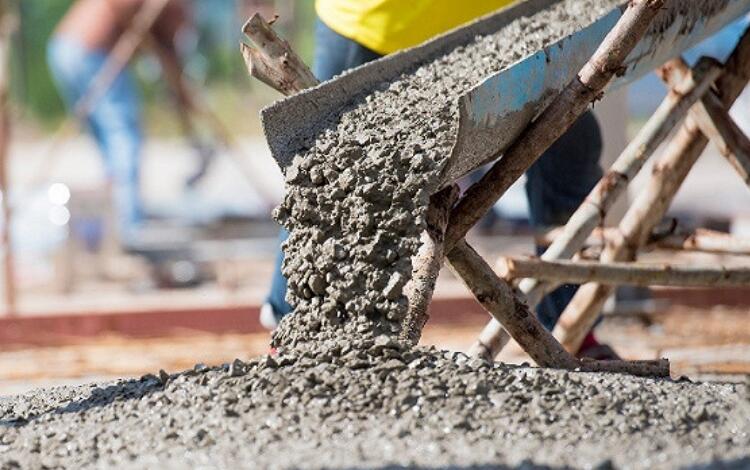
 Xingaonai
Xingaonai
Reasonable sand ratio, good overall aggregate grading, small porosity, can give concrete better workability, save cementitious material slurry, and thus improve the volume stability of concrete, and can give aggregate and cement stone bonding surface, improve concrete strength.

The principle of determining the appropriate sand ratio is to ensure that there is a certain amount of surplus when the sand fills the gaps between the stones, and to form a mortar layer of a certain thickness between the stones to reduce the friction resistance between the coarse aggregates, so that the fluidity (slump T) of the mixture reaches the maximum, and the sand ratio with good cohesion and water retention; or when the fluidity (slump T), strength are certain, and the cohesion is good, the sand ratio with the minimum cement consumption. In layman's terms, the sand ratio should be determined by the grading of coarse and fine aggregates. The ultimate goal is to obtain the minimum aggregate porosity and the best aggregate combination through the adjustment of the sand ratio to reduce the need for slurry.
Different sand ratios are required for sands of different particle sizes. Sands with lower fineness modulus should have lower sand ratios, while sands with higher fineness modulus should have higher sand ratios. The finer the sand, the larger the surface area of the sand, and the more cementitious materials are needed to wrap the sand. Therefore, the sand ratio should be reduced to ensure the strength and workability of the concrete. On the contrary, the coarser the sand, the higher the sand ratio should be to ensure the workability of the concrete.
Concrete for different purposes also requires different sand ratios. For example, thin-walled components require higher sand ratios to ensure the strength and fluidity of the concrete. Concrete with lower strength grade should have higher sand ratios, while concrete with higher strength grade should have lower sand ratios. There are also special construction methods such as pumped concrete, self-leveling concrete, shotcrete and rolled concrete, which all have their own particularities in sand ratio selection and should be selected according to the corresponding rules.
In addition, in addition to determining the reasonable sand ratio based on the principles of fluidity and cement dosage, and the requirements for the cohesiveness and water retention of the concrete mixture based on the materials used and construction conditions, it is also necessary to consider the influence of materials such as admixtures and fibers on the sand ratio, and conduct special tests to determine the optimal sand ratio to ensure the quality and performance of the concrete.
The sand ratio is very important for the performance and economy of concrete. Therefore, in order to ensure that the final sand and gravel products meet the requirements, it is necessary to select appropriate sand and gravel production line equipment and configure and adjust the equipment parameters according to the appropriate sand ratio to obtain sand and gravel of different particle sizes and gradations.
Xin Gaonai Heavy Industry has been engaged in the sand and gravel aggregate crushing and screening industry for many years. All equipment has been carefully designed and manufactured, and uses high-quality materials and advanced technology. It is of excellent quality, sturdy and durable. It can provide users with a full set of sand and gravel production line equipment to meet the different production needs of users. In addition, from equipment selection, installation, commissioning to maintenance and maintenance, we can also provide users with a full range of technical support and professional services.
Superior: No content!
Abajo: No content!
Nuestros productos se han exportado a más de 170 países de África, Asia, América del Sur, Europa, etc. Estamos aquí para ofrecerle mejores productos y servicios.
Copyright © 2024-2030 Xingaonai Group Todos los derechos reservados. Sitemap